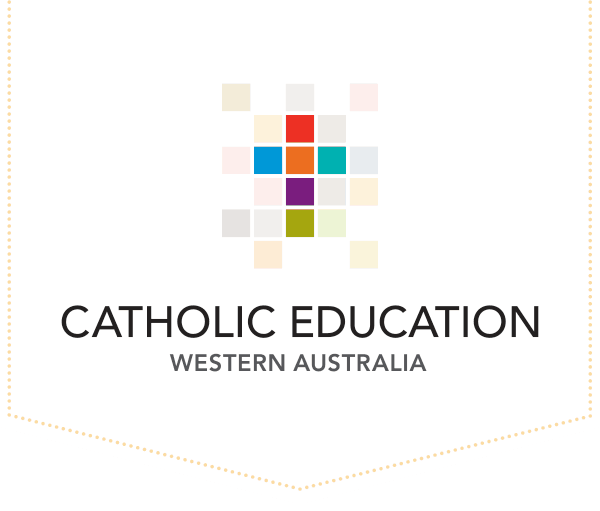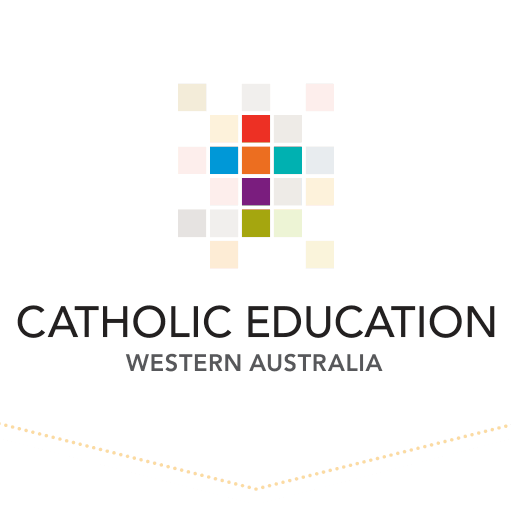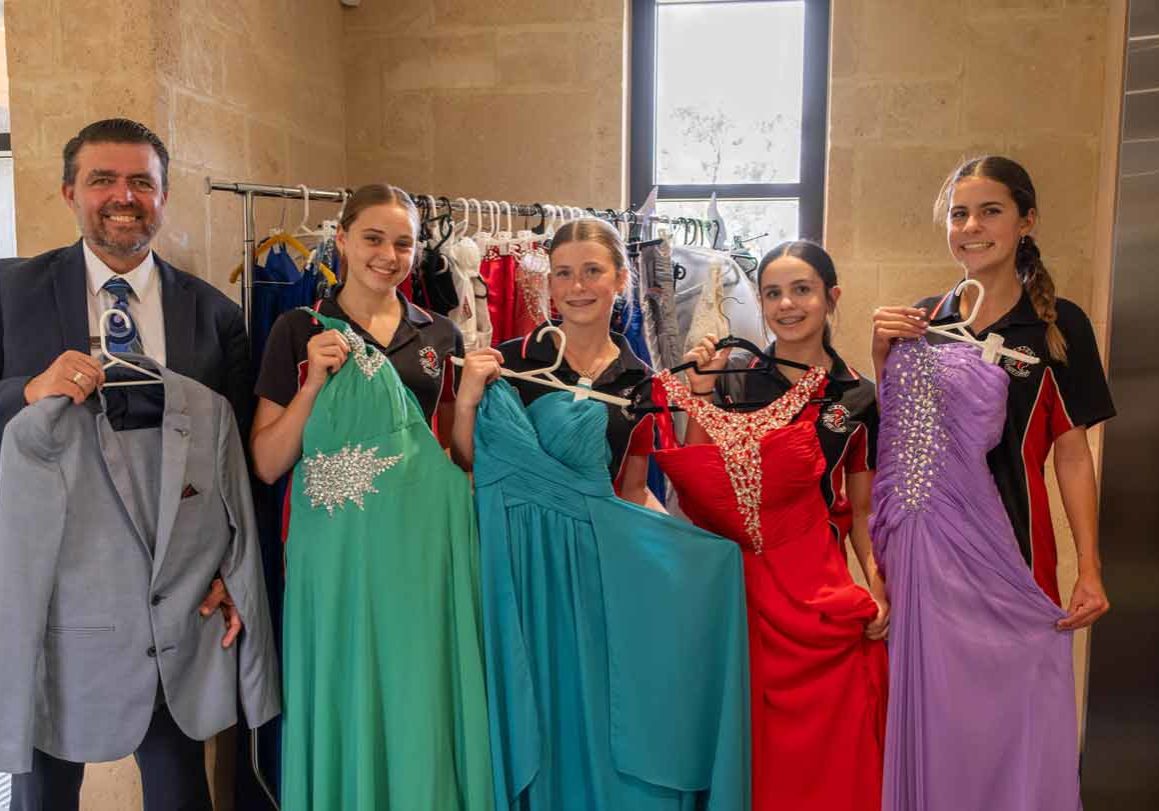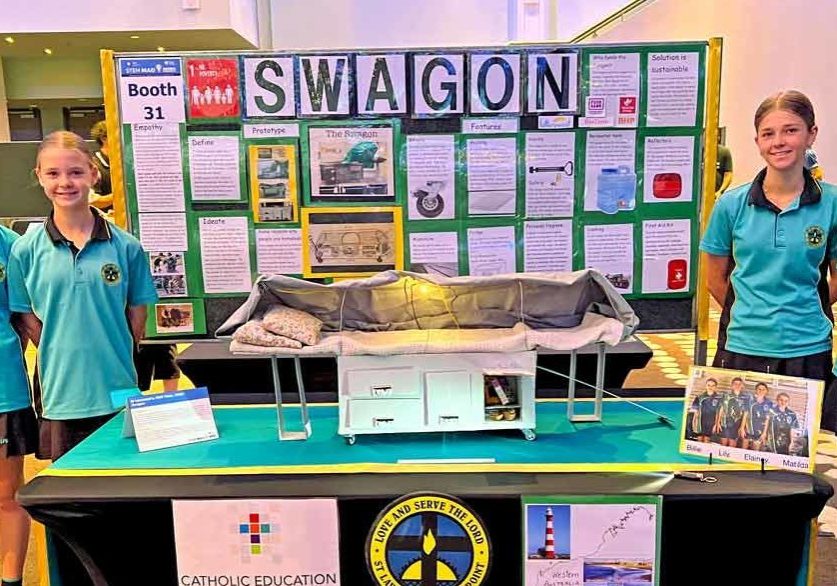Families the lifeblood of Catholic schools
16 May 2019
Families pay taxes that fund or partially fund almost all Australian schools, and many contribute their own income to their children’s education, as is the case for Catholic school communities.
An average school education in Australia costs $12–14,000 per student, per year, regardless of sector.
Over the years Australian Governments have financially supported the choice of families in the type of schooling best for their children, but there is a common misconception that government and non-government schools compete for public funding.
In Western Australia Catholic schools rely on parents to contribute to the cost of their children’s education through fees, which are paid directly to the school.
CEWA has a commitment to affordability and accessibility, and has policies and initiatives in place to maintain affordability and support families experiencing financial hardship.
CEWA also receives government funding, which is redistributed to schools according to a needs–based model.
CEWA Executive Director Dr Debra Sayce said Catholic schools did not deprive government schools of funds, rather public funding to Catholic and other non-government schools was over and above what was spent on government schools.
It would cost the government approximately $550 million each year if CEWA’s 76,000 students attended WA’s public schools, not including the cost of capital works; parental contributions and non-government funding account for up to 90 percent of the cost of capital works at Catholic schools.
Capital works funds are raised through building levies, fundraisers, low interest loans and discretionary capital grant funding along with supplementary capital grants from government.
Catholic school families are continuing the tradition of previous generations by investing in facilities for current and future students.
In WA, however, a lack of access to capital funding has halted plans for schools in Madora Bay, Alkimos and Kiara.
In the past 10 years, CEWA has developed, on a staged basis, two primary, three secondary and four composite (K-12) schools at a cost of $380m, and expanded a further 14 schools.
Dr Sayce said the lack of available capital funding meant keeping up with demand would be a challenge.
“Our data tells us that we need to provide up to 19,000 enrolment places over the next seven years to meet demand for Catholic schooling,” Dr Sayce said.
“We need to ensure we are good stewards of our limited resources and remain within our debt ceiling,” she said.
“We also need to ensure we do not place an unreasonable burden on families who contribute around 75 percent of the costs of building new schools across the system.”
Using ACARA’s average school running costs, the decision not to proceed with these three new schools would eventually cost the WA taxpayer an estimated $1 billion over the next 20 years.
“Providing parents with educational choice is vital. It requires that we consider the unmet demand for Catholic education and ensure that all WA families have access to the education they seek for their child,” Dr Sayce said.
Regardless of the outcome of Saturday’s Federal election, CEWA will continue to engage with Federal and State governments to ensure that parents continue to have equitable access to a Catholic education for their child.




